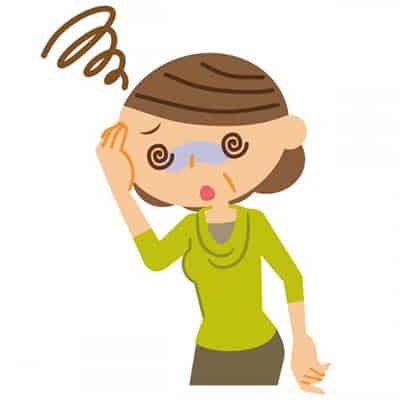(April 30, 2019 )

A disease in which a person has an inadequate number of red blood cells or haemoglobin count, anaemia hinders the capacity of blood to carry oxygen. The symptoms include fatigue, weakness, shortness of breath, dizziness, lethargy and decreased concentration. If anaemia is severe, it can lead to a serious issue — stunted growth. The major cause of anaemia is abject poverty, and in urban areas, a lack of a balanced diet.
Menorrhagia is one of the major causes of anaemia in pubertal females as knowledge about normal and abnormal menstrual cycle is minimal even in urban areas. Worm infestation, celiac disease and H.pylori are the other common causes for anaemia. Every case of anaemia requires intelligent investigation and work up. Mass screening along with awareness about anaemia are the cornerstone for the eradication of anaemia. Treatment depends upon the cause of anaemia and the severity of the disease. Oral form is the mainstay in less severe form and IV iron has led to the reduction in maternal mortality. Iron supplements can be used to combat iron deficiency. Vitamin B supplements are used to increase low vitamin levels. Blood transfusions can be used to minimise blood loss. Medication to induce blood formation may be used if the body’s blood production is reduced. The focus is not only to improve the nutritional status of women and girls, but also to see a domino effect. Healthy eating will promote healthy living. Once iron levels are improved, women will deliver healthy babies. This will help bring down both infant deaths as well as maternal deaths during childbirth. A positive change among the communities, particularly women and girls, will empower women and in turn empower the family.
(The author is co- founder Smile Foundation)